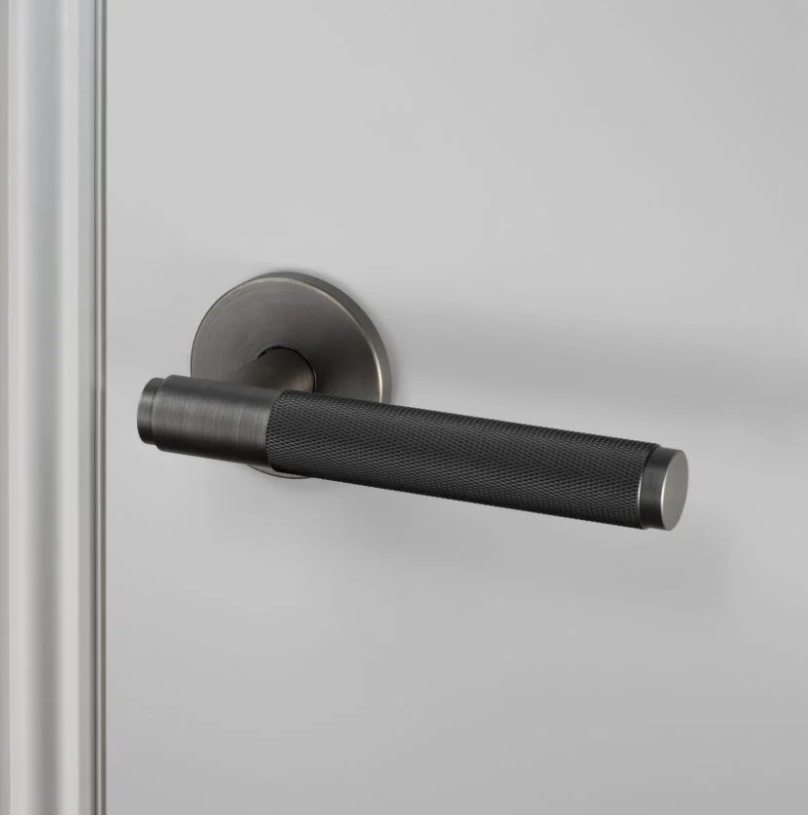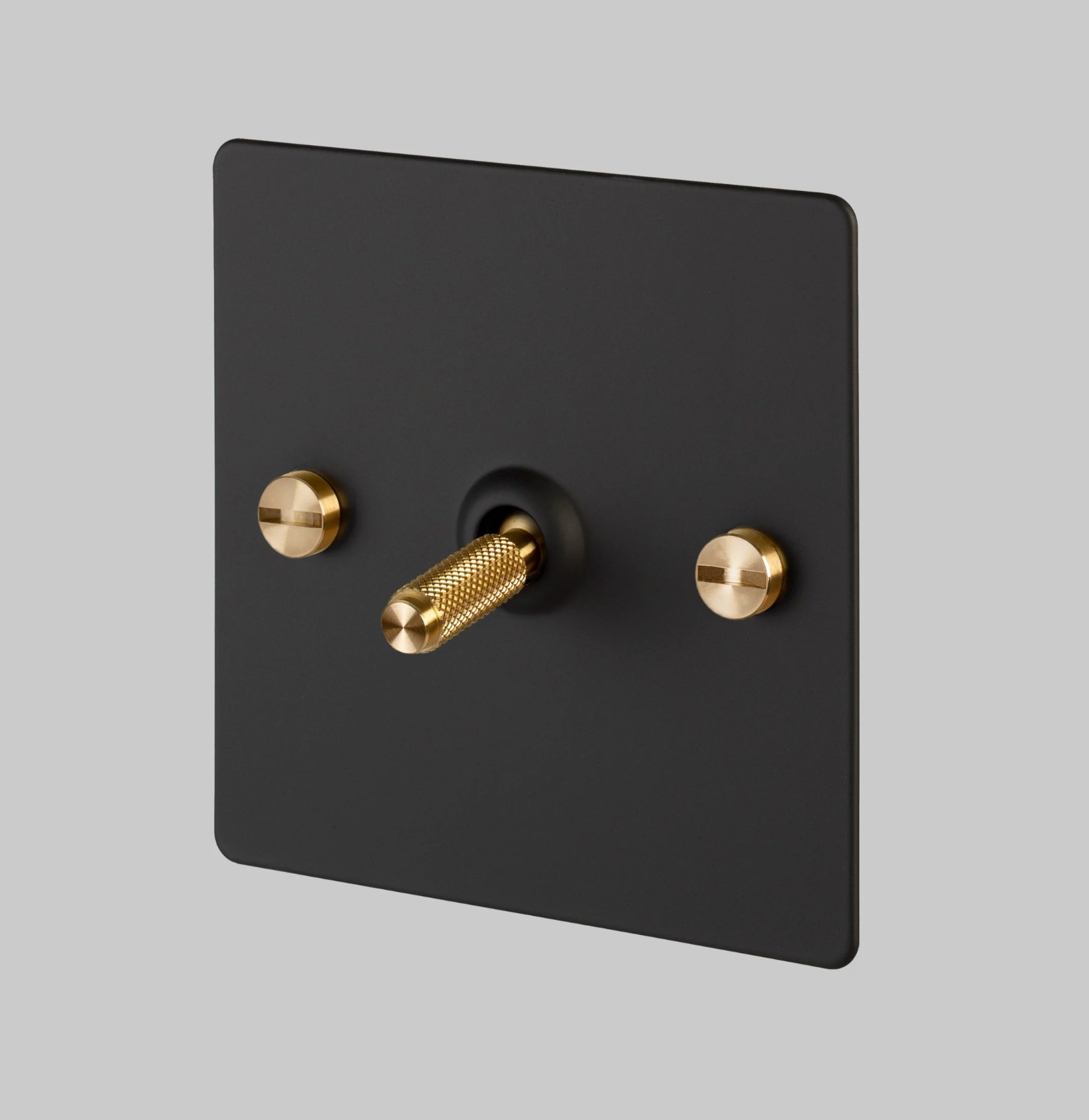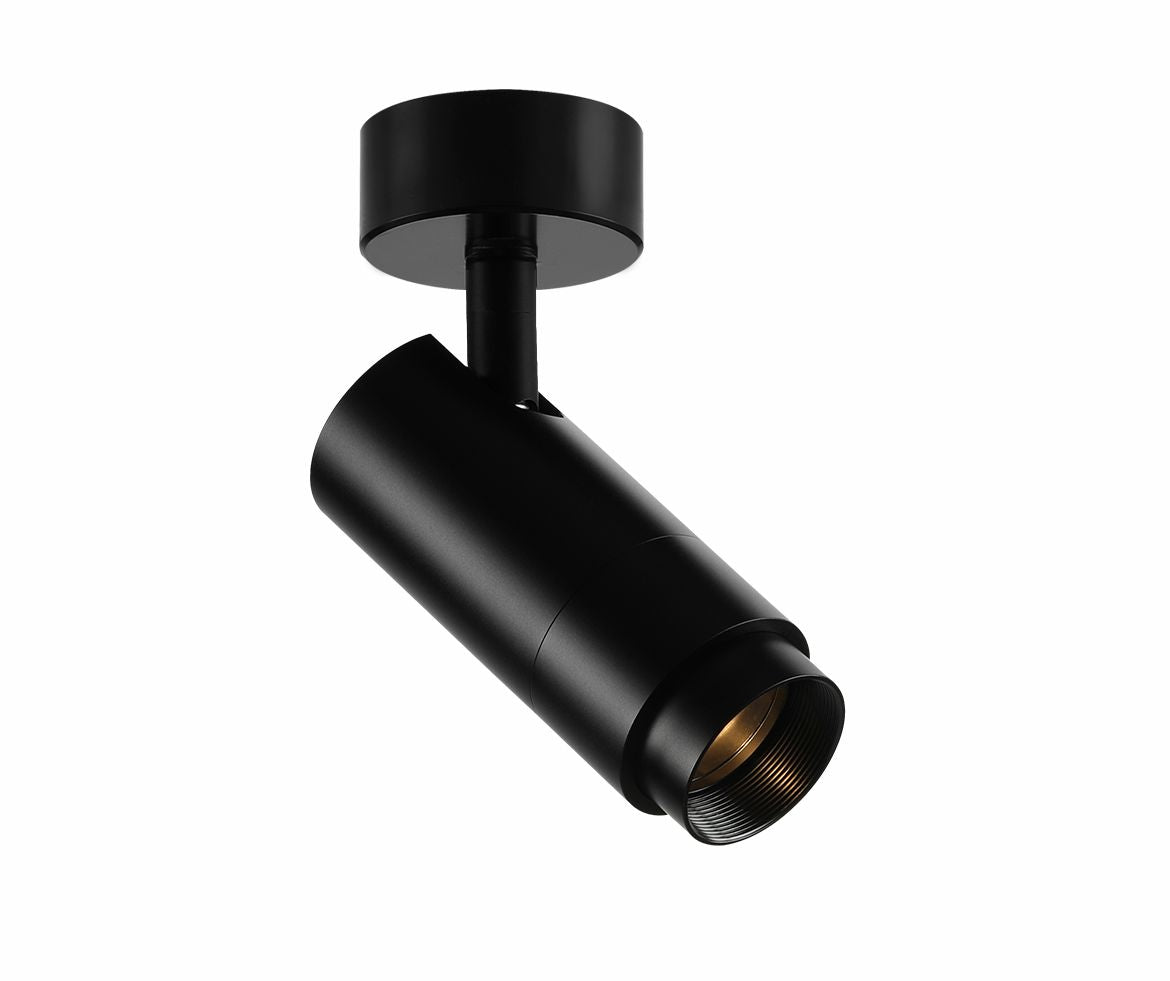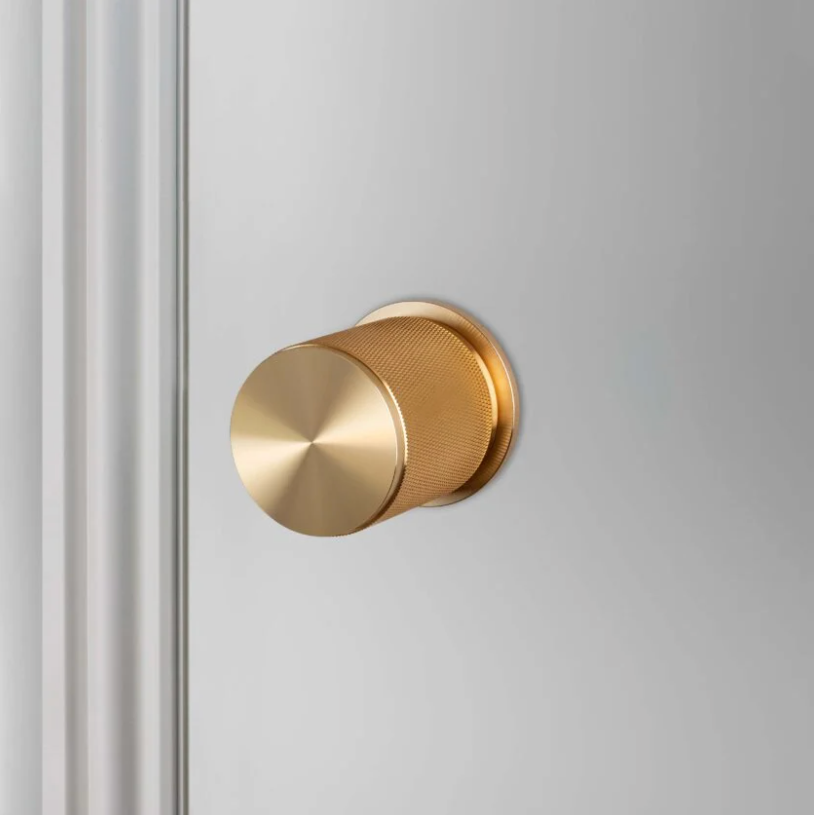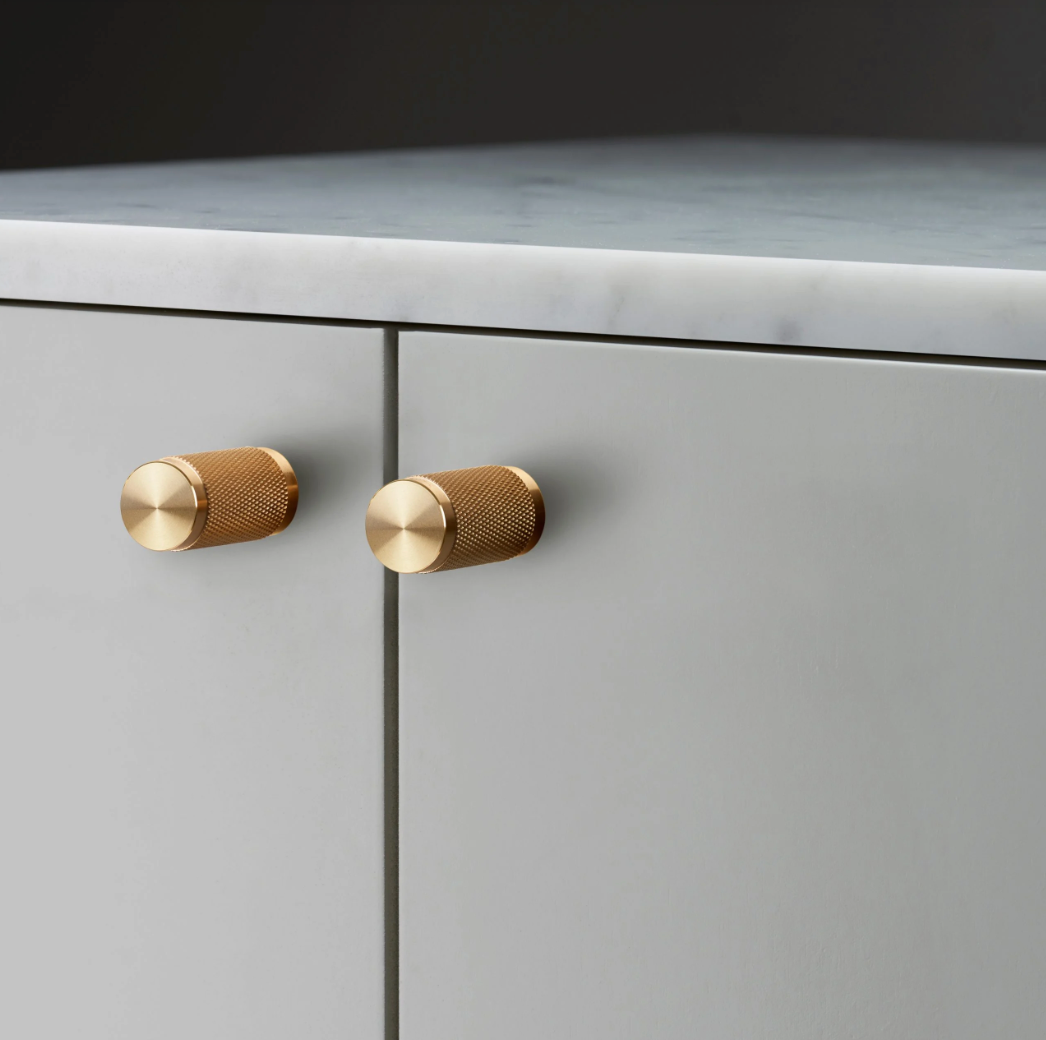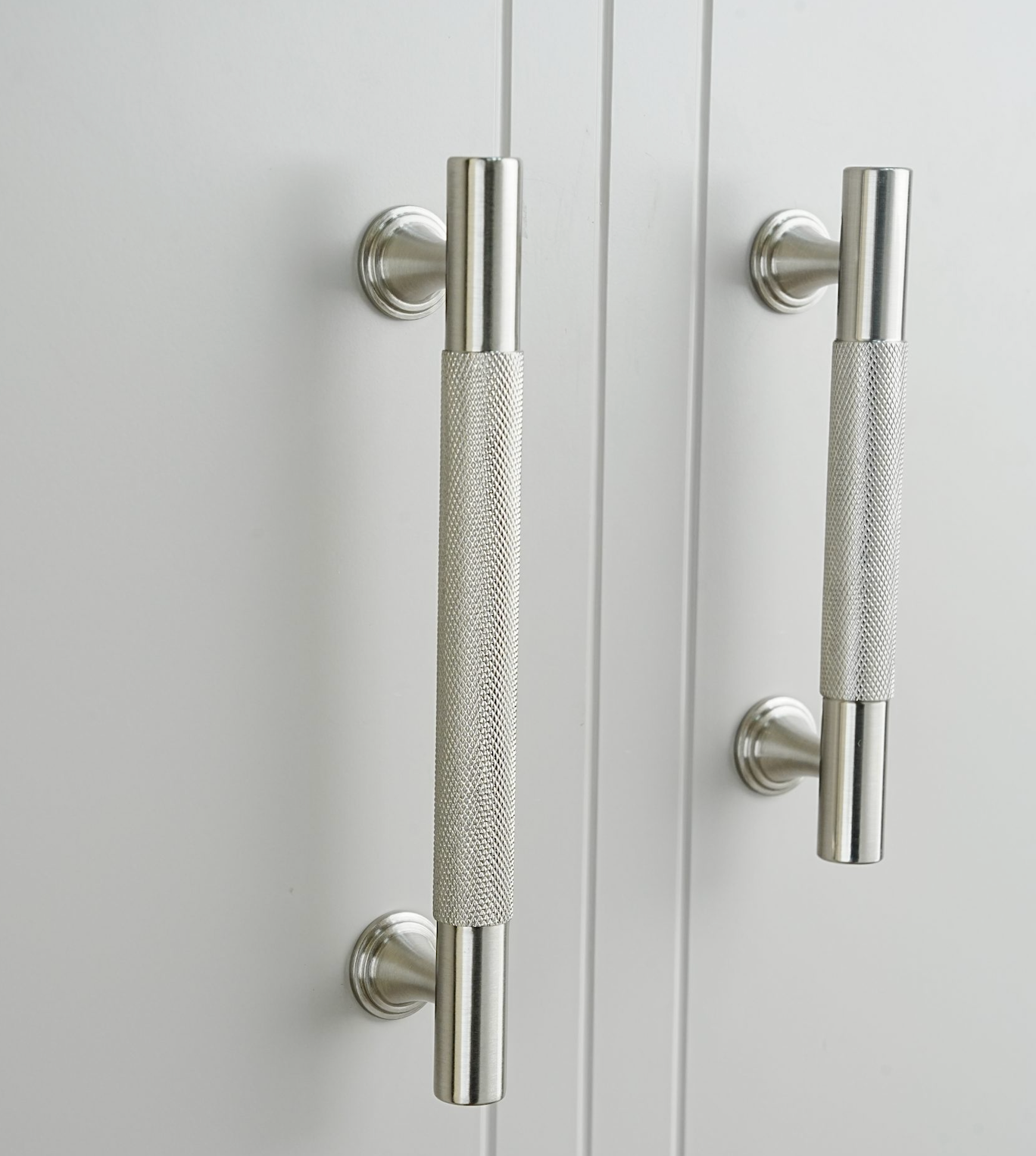Precision That Builds Value: The Role of the Door Schedule
A door schedule is more than a list — it’s the language of architectural order. It records every door, hinge, and handle with precision, turning complex projects into cohesive, beautifully detailed spaces.
From large-scale residential schemes to hospitality and mixed-use developments, Vellum & Forge partners with leading property developers to deliver architectural hardware that unites performance with presence.
Every specification is interpreted with precision, ensuring that craftsmanship, compliance, and aesthetic intent meet flawlessly on site.
🏗️ What a Door Schedule Includes:
▪️ Door Number / Mark - A unique identifier for each door (e.g., D-101, D-1);
▪️ Location - Where the door is located in the building (e.g., Room 101 to Hallway);
▪️ Size - Dimensions of the door (width × height), often in mm or inches;
▪️ Type - Type of door — solid core, glass, metal, or fire-rated;
▪️ Material - What the door is made of — wood, metal, aluminium, etc.;
▪️ Frame Type / Material - Material and construction of the door frame;
▪️ Fire Rating - If the door is fire-rated, and for how long (e.g., 90 minutes);
▪️ Hardware - Includes handles, hinges, locks, closers, and architectural fittings;
▪️ Remarks / Notes - Any additional info like special finishes, access control, or custom specifications.
⚙️ Why It’s Important
▪️ Helps architects, contractors, and suppliers stay on the same page.
▪️ Ensures correct installation and ordering of materials.
▪️ Aids in code compliance — especially for fire and accessibility standards.
Luxury and craftsmanship → “lasting impressions

Developers

Retail

Hospitality




